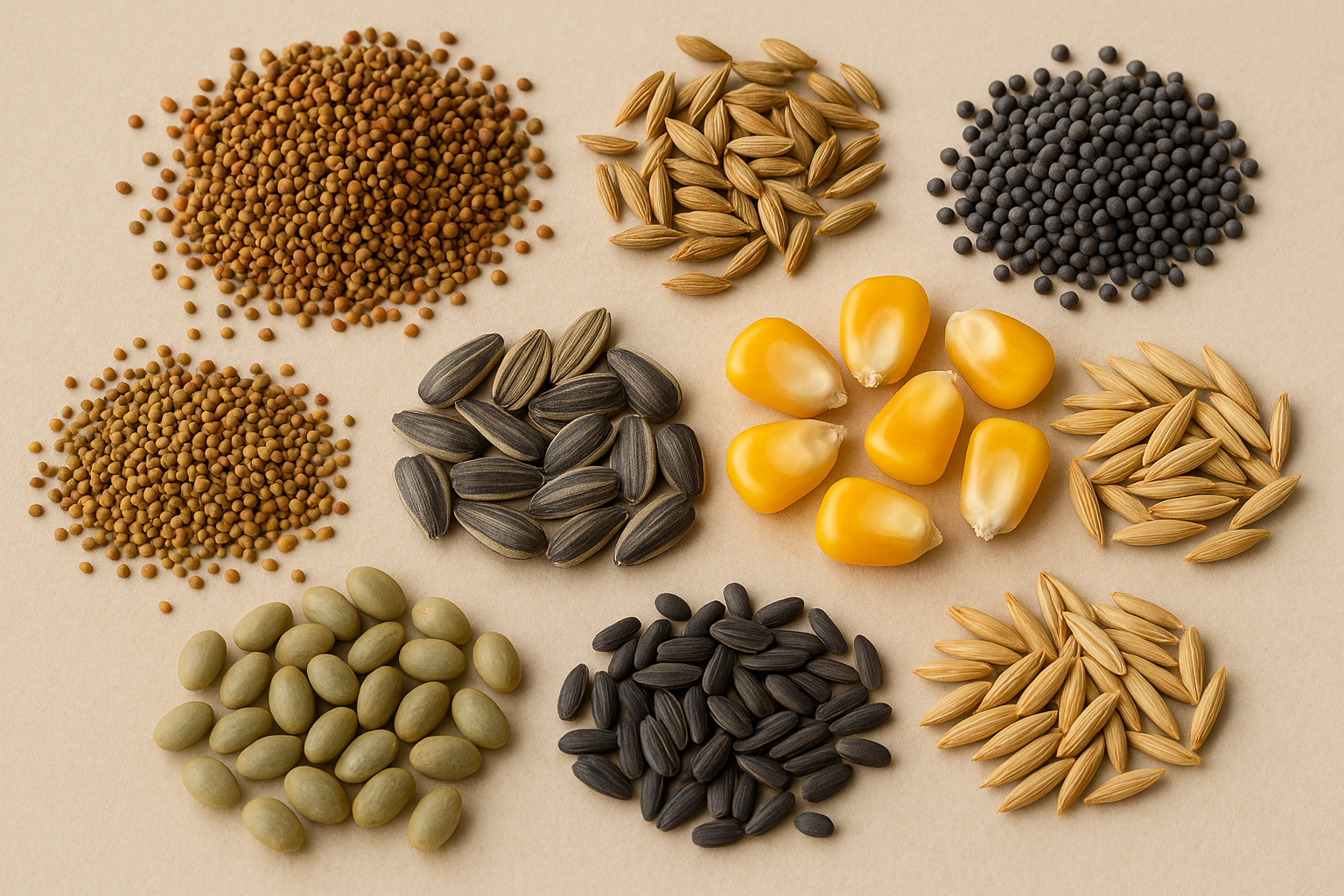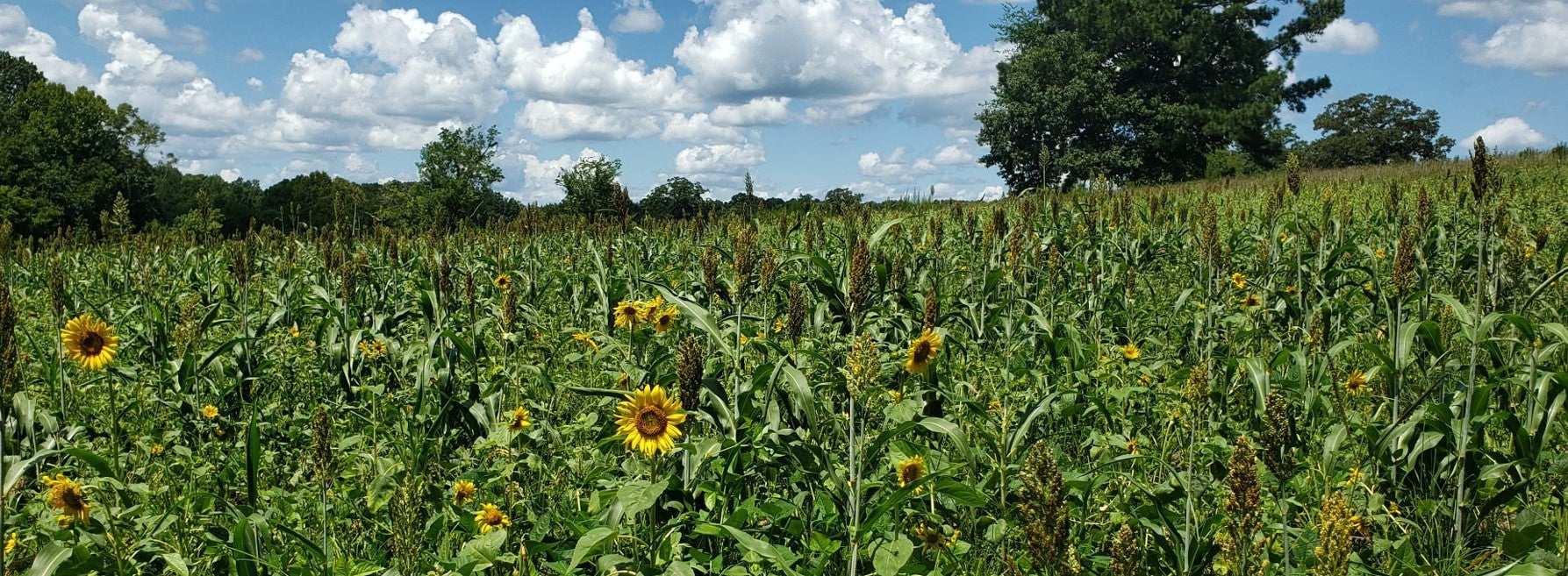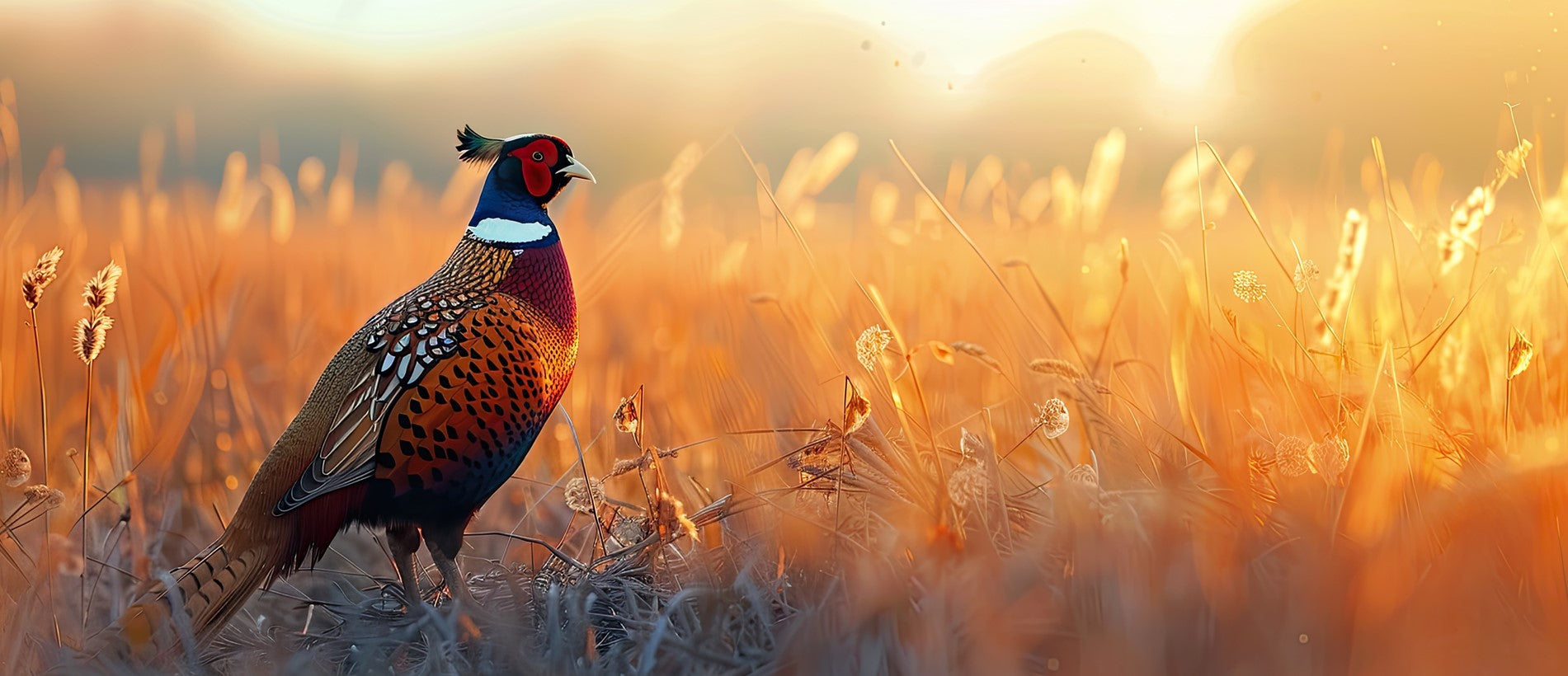Rattling 101 - Part II
 Far and away the best time to rattle is during the rut peak - if you are interested in rattling in high numbers of bucks. Often when rattling during the rut peak more than one buck will respond at a time. On two occasions, during this magic time of the year, we had eight different bucks respond during one 30-minute sequence.
Far and away the best time to rattle is during the rut peak - if you are interested in rattling in high numbers of bucks. Often when rattling during the rut peak more than one buck will respond at a time. On two occasions, during this magic time of the year, we had eight different bucks respond during one 30-minute sequence.
Although rattling during the rut peak can be very exciting, the majority of bucks that respond are young and middle-aged. A few mature bucks will respond, but the overall response rate for these mature bucks is lower than during either pre-rut or post-rut. More than likely this is due to the fact that the majority of the mature bucks are too busy tending, chasing, or trying to locate receptive females to respond to the rattling.
The highest response from mature bucks occurred during the post-rut when an equal number of middle-aged and mature bucks responded to our rattling. During the post rut, most of the young bucks, and many of the middle-aged bucks had returned to bachelor groups, so their response rates declined. Mature bucks however, tended to still be alone and in search of receptive females. Although mature bucks were still actively seeking does, most does had already been bred by this time. This meant there were a lot fewer “hot” does during the post-rut to keep the mature bucks occupied. Because mature bucks were still actively engaged in breeding behavior, and because fewer does were “in heat,” the response rates from mature bucks were highest during the post rut.
The second highest response rates for mature bucks occurred during the pre rut. During the pre rut, most of the bucks were in bachelor groups. Interestingly, we observed that when bucks were in bachelor groups, typically only one buck from the group would respond to our rattling. Although all of the bucks in the group could obviously hear the rattling, the buck that responded often appeared to be the dominant buck within the group. We suspect that the dominant buck intimidated the other subordinate bucks in the group, which kept them from responding to the rattling. Trophy hunters, who are willing to sit and rattle for long periods without seeing many deer, may want to try rattling at this time because of the increased likelihood that a mature buck will respond.
The highest number of bucks responded during morning rattling sequences. Sixty of the 111 bucks that responded came in during the 64 sequences performed between 7:30 a.m. and 10:30 a.m. Thirty-three bucks responded during the 62 sequences performed in the afternoon. Only 18 bucks responded during the 45 sequences performed during midday. This finding was not surprising because deer are naturally most active at sunrise and sunset anyway.
When we looked at this same data according to the timing of the rut we found that during pre-rut the vast majority of bucks (83 percent) responded during morning sequences. During both rut peak and post-rut a more equal number of bucks responded during morning and afternoon sequences.
As mentioned earlier, we also recorded various weather conditions each time we rattled. Not surprisingly, the highest number of bucks responded when wind speeds were lowest. As wind speeds increased, the number of bucks responding decreased. Obviously, as wind speed increased, fewer bucks were able to hear the rattling.
Sixty-seven of the 111 bucks (60 percent) that responded to our rattling were first sighted downwind of our stand. Bucks were obviously using the wind to determine what was producing the rattling sound. Surprisingly however, mature bucks were no more likely to approach from downwind then were young or middle-aged bucks. Bucks that were seen upwind of the stand before the rattling began typically circled, from their initial location to a location downwind, as they approached the stand. However, several bucks did approach our stand from upwind.
The highest number of bucks responded when cloud cover was 75 percent. Lowest responses occurred when there were no clouds. Also, the highest number of bucks responded to our rattling when temperatures were between 70 and 80 degrees. As temperatures increased, the number of bucks responding to our rattling decreased, reaching a low point at temperatures over 90 degrees.
In summary, without a doubt loud rattling attracts more bucks than quiet rattling. Hunters shouldn't hesitate to slam the antlers together as loudly as possible. It is also important to make as much additional "natural" noise as possible by breaking branches and kicking dirt and brush when rattling. If you are not totally exhausted after completing the sequence than you probably did not rattle loud enough. Also, if you have ever been fortunate enough to observe a true, knockdown-drag out fight between two equally matched mature bucks, then you know that it is almost impossible to make too much noise.
Although we never observed any bucks being frightened away by our rattling, I would recommend that the first sequence be conducted quietly to avoid any possibility of spooking a buck that may already be close to your position. The follow-up sequences should then be conducted as loudly as possible to maximize the distance the sound travels in order to maximize the number of bucks that are able to hear the rattling.
During the silent periods between rattling we often used a grunt call to bring bucks in even closer or to temporarily stop bucks from moving. During silent periods we also simulated a buck making a rub by rubbing the shed antlers on nearby tree trunks and branches. We often had bucks lingering in the area after their initial response. These bucks many times would start making rubs themselves in response to our simulated rubbing.
The length of the rattling does not seem to be important. However, I would not rattle any longer than 2-3 minutes at a time to minimize the chance of a buck spotting you while you are slamming the antlers together. And I would remain in the same location for at least 30 minutes to see any bucks that may be responding late.
Rattling during the rut peak is best for seeing high numbers of bucks, but the pre-rut and post-rut are better times to rattle in mature, trophy bucks. Although rattling can be productive during all hours of the day, mornings and afternoons are best. Buck responses increase as wind speed and temperature decrease and as cloud cover increases.
Bucks typically approach from downwind so select stand sites where you have a clear view downwind. However, don't forget to keep an eye upwind as well. Also, rattle with a partner whenever possible so that one person can get elevated and search for deer while the other person rattles. In our study, the person rattling at ground level did not see 63 of the 111 bucks that responded. If you are rattling alone I would still get elevated even though this increases the chances of bucks spotting you while you are rattling. Lastly, I am sure that imitation antlers will attract bucks but I prefer to use the largest fresh set of shed antlers I can find.
In next week’s article, I will reveal the results of a second antler rattling study that was conducted on a private ranch where I had placed radio-transmitting collars on 130 different bucks to determine if the buck became active in response to our rattling even when we were not able to see the buck.
Photo By Hardy Jackson
Posted by Dr. Mickey W. Hellickson











Leave a comment